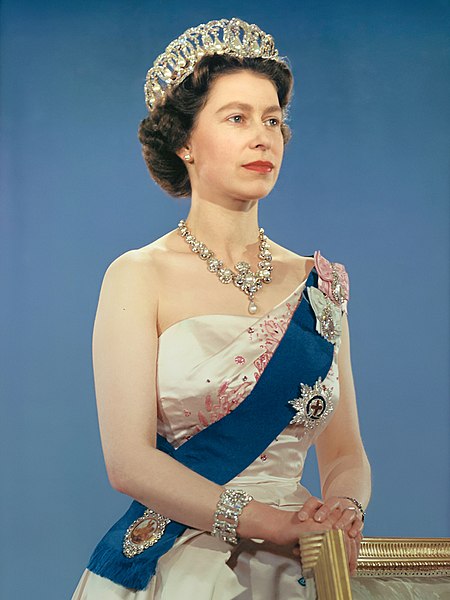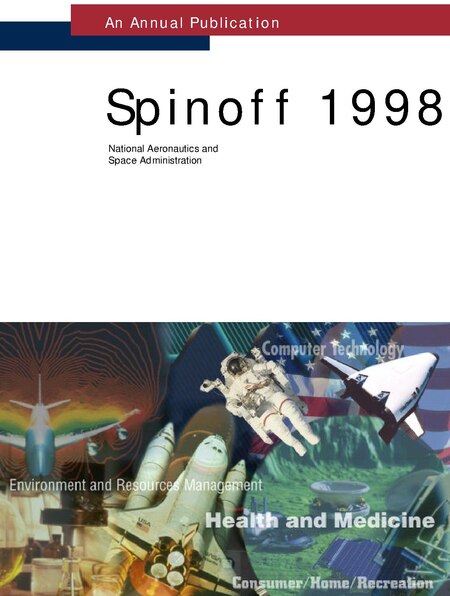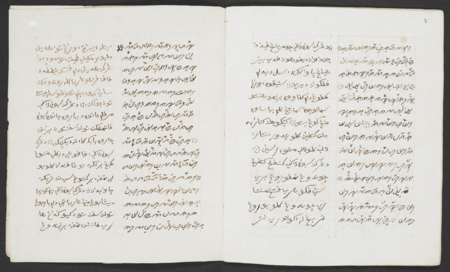Iberian horse
|
Read other articles:

Almost NormalSampul DVDSutradaraMarc MoodyProduserSharon TeoDitulis olehMarc MoodyPemeranJ. Andrew KeitchTim HammerJoan LaucknerPenata musikJonathan JoynerSinematograferRichie ShermanPenyuntingMarc MoodySharon TeoDistributorSeventh Art ReleasingTanggal rilis 26 Mei 2005 (2005-05-26) Durasi90 menitNegaraAmerika SerikatBahasaInggris Almost Normal adalah film drama komedi Amerika Serikat tahun 2005 yang disutradarai oleh Marc Moody dan dibintangi oleh J. Andrew Keitch, Tim Hammer, dan Jo…

2016年美國總統選舉 ← 2012 2016年11月8日 2020 → 538個選舉人團席位獲勝需270票民意調查投票率55.7%[1][2] ▲ 0.8 % 获提名人 唐納·川普 希拉莉·克林頓 政党 共和黨 民主党 家鄉州 紐約州 紐約州 竞选搭档 迈克·彭斯 蒂姆·凱恩 选举人票 304[3][4][註 1] 227[5] 胜出州/省 30 + 緬-2 20 + DC 民選得票 62,984,828[6] 65,853,514[6] 得…

André-Jean FestugièreAndré Jean Festugière dans la notice nécrologique écrite par Ernst Vogt dans Sonderdruck aus dem Jahrbuch des Bayerischen Akademie des Wissenschaften 1983BiographieNaissance 15 mars 18988e arrondissement de ParisDécès 13 août 1982 (à 84 ans)Saint-DizierNom de naissance Jean Paul Philippe FestugièreNationalité françaiseFormation École normale supérieure (1918-1920)École pratique des hautes études (1932-1936)Lycée Louis-le-Grand de ParisCollège Stanisla…

莎拉·阿什頓-西里洛2023年8月,阿什頓-西里洛穿著軍服出生 (1977-07-09) 1977年7月9日(46歲) 美國佛羅里達州国籍 美國别名莎拉·阿什頓(Sarah Ashton)莎拉·西里洛(Sarah Cirillo)金髮女郎(Blonde)职业記者、活動家、政治活動家和候選人、軍醫活跃时期2020年—雇主內華達州共和黨候選人(2020年)《Political.tips》(2020年—)《LGBTQ國度》(2022年3月—2022年10月)烏克蘭媒體�…

Sybra patrua Klasifikasi ilmiah Kerajaan: Animalia Filum: Arthropoda Kelas: Insecta Ordo: Coleoptera Famili: Cerambycidae Subfamili: Lamiinae Tribus: Apomecynini Genus: Sybra Spesies: Sybra patrua Sybra patrua adalah spesies kumbang tanduk panjang yang berasal dari famili Cerambycidae. Spesies ini juga merupakan bagian dari genus Sybra, ordo Coleoptera, kelas Insecta, filum Arthropoda, dan kingdom Animalia. Larva kumbang ini biasanya mengebor ke dalam kayu dan dapat menyebabkan kerusakan pada ba…

Questa voce o sezione sull'argomento veicoli militari non cita le fonti necessarie o quelle presenti sono insufficienti. Puoi migliorare questa voce aggiungendo citazioni da fonti attendibili secondo le linee guida sull'uso delle fonti. Segui i suggerimenti del progetto di riferimento. Questa voce sull'argomento veicoli militari è solo un abbozzo. Contribuisci a migliorarla secondo le convenzioni di Wikipedia. Segui i suggerimenti del progetto di riferimento. Dodge M37DescrizioneTipov…

Soviet nuclear engineer in charge during the Chernobyl disaster In this name that follows Eastern Slavic naming customs, the patronymic is Stepanovich and the family name is Dyatlov. Anatoly DyatlovАнатолий ДятловDyatlov in 1987BornAnatoly Stepanovich Dyatlov(1931-03-03)3 March 1931Sukhobuzimsky District, Krasnoyarsk Krai, Russian SFSR, Soviet UnionDied13 December 1995(1995-12-13) (aged 64)Kyiv, UkraineOther namesАнатолій Степанович Дятлов (in …

Head of state of Trinidad and Tobago from 1962 to 1976 For the Calypso Rose album, see The Queen of Trinidad. Queen of Trinidad and TobagoCoat of arms of Trinidad and TobagoElizabeth II DetailsStyleHer MajestyFormation31 August 1962Abolition1 August 1976 Elizabeth II was Queen of Trinidad and Tobago from the independence of Trinidad and Tobago on 31 August 1962 until the country became a republic on 1 August 1976. Her constitutional role as head of state was delegated to a governor-general, who …

Academic journalHistory and TheoryDisciplineHistoryLanguageEnglishEdited byEthan KleinbergPublication detailsHistory1960-presentPublisherWiley-Blackwell on behalf of Wesleyan UniversityFrequencyQuarterlyStandard abbreviationsISO 4 (alt) · Bluebook (alt1 · alt2)NLM (alt) · MathSciNet (alt )ISO 4Hist. TheoryIndexingCODEN (alt · alt2) · JSTOR (alt) · LCCN (alt)MIAR · NLM (alt) · Scop…

Ethnic nationalist ideology Ossetian national flag Ossetian nationalism is ethnic nationalist ideology promoting Ossetian national identity, the Ossetian language and culture. History Ossetian national mythology traces the Ossetians’ ancestry to the first Iranian people to reach the Caucasus region, the ancient Scythians, who arrived to the North Caucasus by the 8th century B.C.E. Others claim that Ossetians are descended from the Sarmatians, who arrived to the region five centuries later.[…

Tactic employed in response to an attack For other uses, see Counterattack (disambiguation). Closing the Falaise-Argentan Pocket and the Mortain counterattack 6–17 August 1944 Map of the Battle of Cambrai – German counter-offensive A counterattack is a tactic employed in response to an attack, with the term originating in war games.[1] The general objective is to negate or thwart the advantage gained by the enemy during attack, while the specific objectives typically seek to regain l…

American baseball player (1931–1995) Baseball player Mickey MantleMantle in 1957Center fielderBorn: (1931-10-20)October 20, 1931Spavinaw, Oklahoma, U.S.Died: August 13, 1995(1995-08-13) (aged 63)Dallas, Texas, U.S.Batted: SwitchThrew: RightMLB debutApril 17, 1951, for the New York YankeesLast MLB appearanceSeptember 28, 1968, for the New York YankeesMLB statisticsBatting average.298Hits2,415Home runs536Runs batted in1,509 Teams New York Yankees (1951–1968) …

Overview of the spin-off technologies by NASA NASA spin-off technologies are commercial products and services which have been developed with the help of NASA, through research and development contracts, such as Small Business Innovation Research (SBIR) or STTR awards, licensing of NASA patents, use of NASA facilities, technical assistance from NASA personnel, or data from NASA research. Information on new NASA technology that may be useful to industry is available in periodical and website form …

لاثروب فيليج الإحداثيات 42°29′47″N 83°13′22″W / 42.496388888889°N 83.222777777778°W / 42.496388888889; -83.222777777778 [1] تاريخ التأسيس 1923 تقسيم إداري البلد الولايات المتحدة[2][3] التقسيم الأعلى مقاطعة أوكلاند خصائص جغرافية المساحة 3.886549 كيلومتر مربع3.886545 كيلوم�…

Artikel ini bukan mengenai rumpun bahasa Lampungik. Bahasa LampungBPS: 0071 2 Cawa Lampung dan atau Cawo Lappung{[1] Dituturkan diIndonesiaWilayahLampungSumatera SelatanBengkuluBantenEtnisSuku LampungSuku KomeringPenutur1,5 juta (2000)[a] Rumpun bahasa Austronesia Melayu-Polinesia Lampung-Komering Bahasa Lampung Untuk kontributor: Sedang dilakukan otomatisasi klasifikasi bahasa secara berkala. Silakan sampaikan saran, pendapat, maupun perbaikan pada halaman pembicaraan …

روس أولبريخت (بالإنجليزية: Ross William Ulbricht) معلومات شخصية اسم الولادة (بالإنجليزية: Ross William Ulbricht) الميلاد 27 مارس 1984 (العمر 40 سنة)أوستن مواطنة الولايات المتحدة الحياة العملية المدرسة الأم جامعة ولاية بنسلفانيا[1]جامعة تكساس في دالاس المهنة عالم حاسوب، وم…

Ludwig Andreas Khevenhüller, Graf von Aichelberg-FrankenburgMarsekal Lapangan KhevenhüllerLahir(1683-11-30)30 November 1683LinzMeninggal26 Januari 1744(1744-01-26) (umur 60)WinaPengabdian Kekaisaran Romawi SuciDinas/cabangAngkatan Darat Kekaisaran Romawi SuciPangkatGeneralfeldmarschallPenghargaanOrdo Bulu Emas, 1744 Ludwig Andreas Khevenhüller, Graf von Aichelberg-Frankenburg (30 November 1683 – 26 Januari 1744) adalah seorang marsekal lapangan Austria dengan latar belakang keluar…

Part of a series on theCulture of Belize History People Languages Cuisine Religion Art Literature Music and performing arts Music Sport Monuments World Heritage Sites Symbols Flag Coat of arms Belize portalvte The history of Belize dates back thousands of years. The Maya civilization spread into the area of Belize between 1500 BC to 1200 BC and flourished until about 1000 AD. Several Maya ruin sites, including Cahal Pech, Caracol, Lamanai, Lubaantun, Altun Ha, and Xunantunich reflect the adv…

Mechanical linkage used for copying drawings This article is about the duplication instrument. For the electrical device used above trains or trams, see Pantograph (transport). For other uses, see Pantograph (disambiguation). Drafting pantograph in use Pantograph used for scaling a picture. The red shape is traced and enlarged. Pantograph 3d rendering A pantograph (from Greek παντ- 'all, every', and γραφ- 'to write', from their original use for copying writing…

Juan García Gómez-Caminero Información personalNacimiento 20 de febrero de 1871 Valdepeñas (España) Fallecimiento 14 de diciembre de 1937 (66 años)Rocafort (España) Nacionalidad EspañolaInformación profesionalOcupación Militar Cargos ocupados Comandante en jefe de la VIII División Orgánica (1935)Comandante en jefe de la III División Orgánica (1936-1937) [editar datos en Wikidata] Juan García Gómez-Caminero (Valdepeñas, 20 de febrero de 1871-Rocafort, 14 de di…
